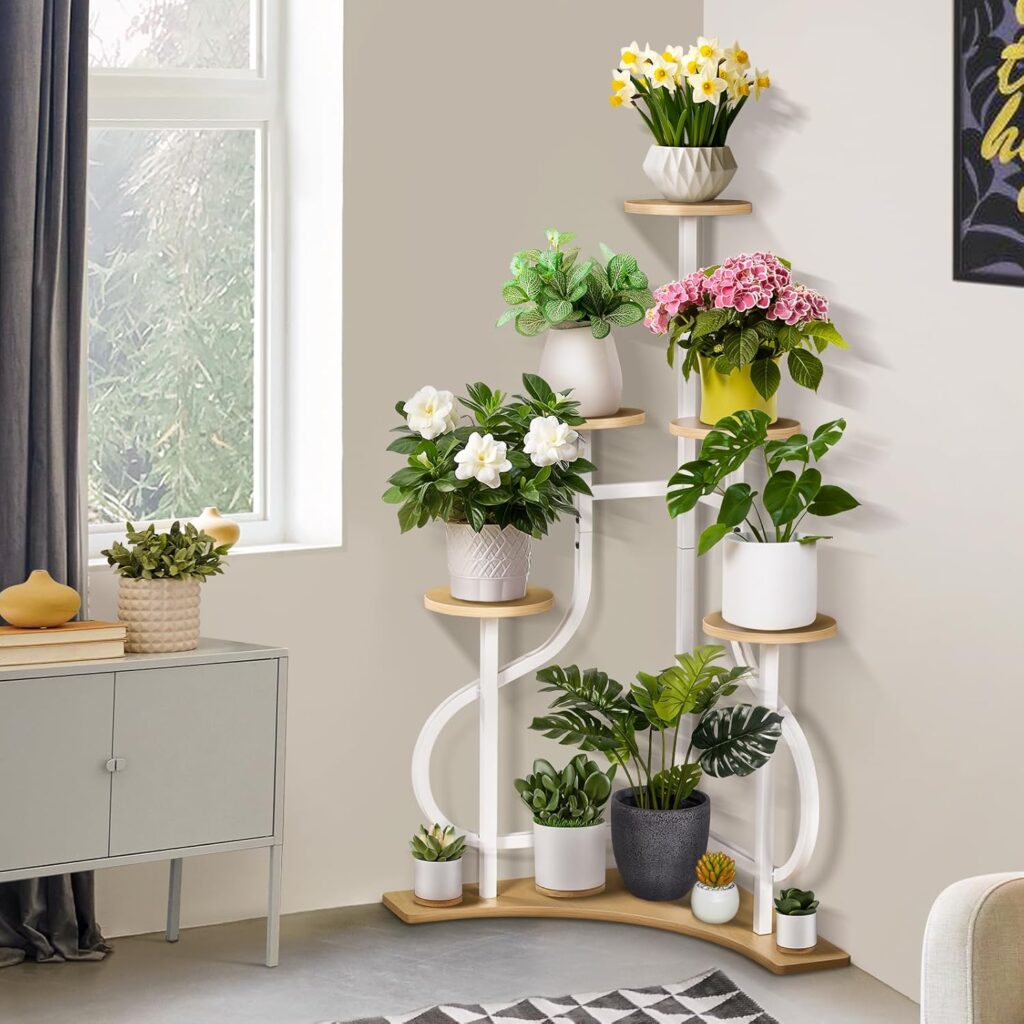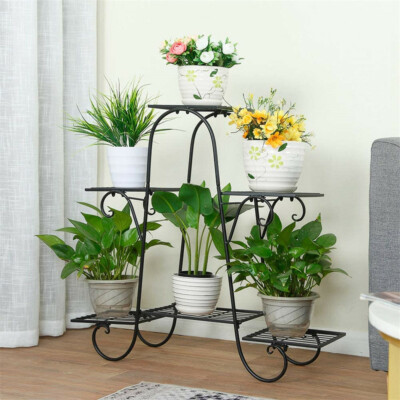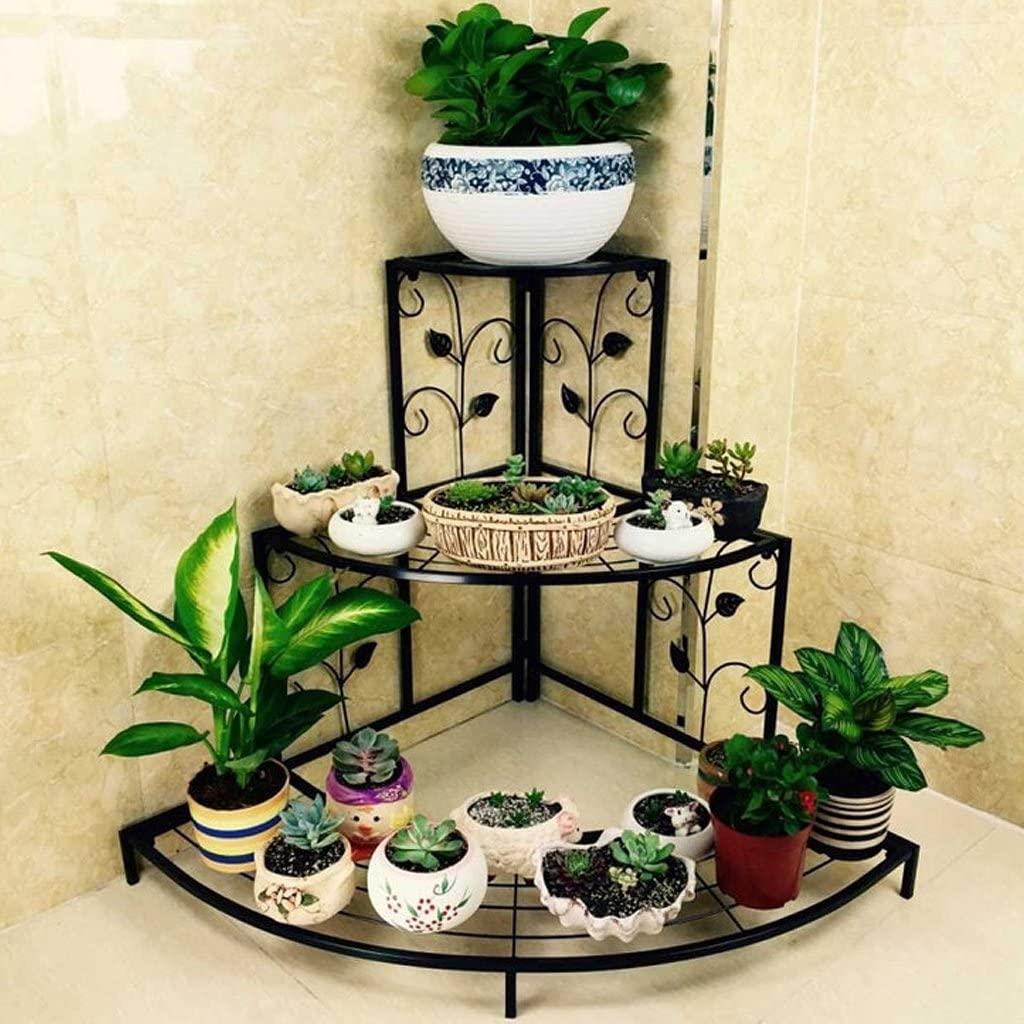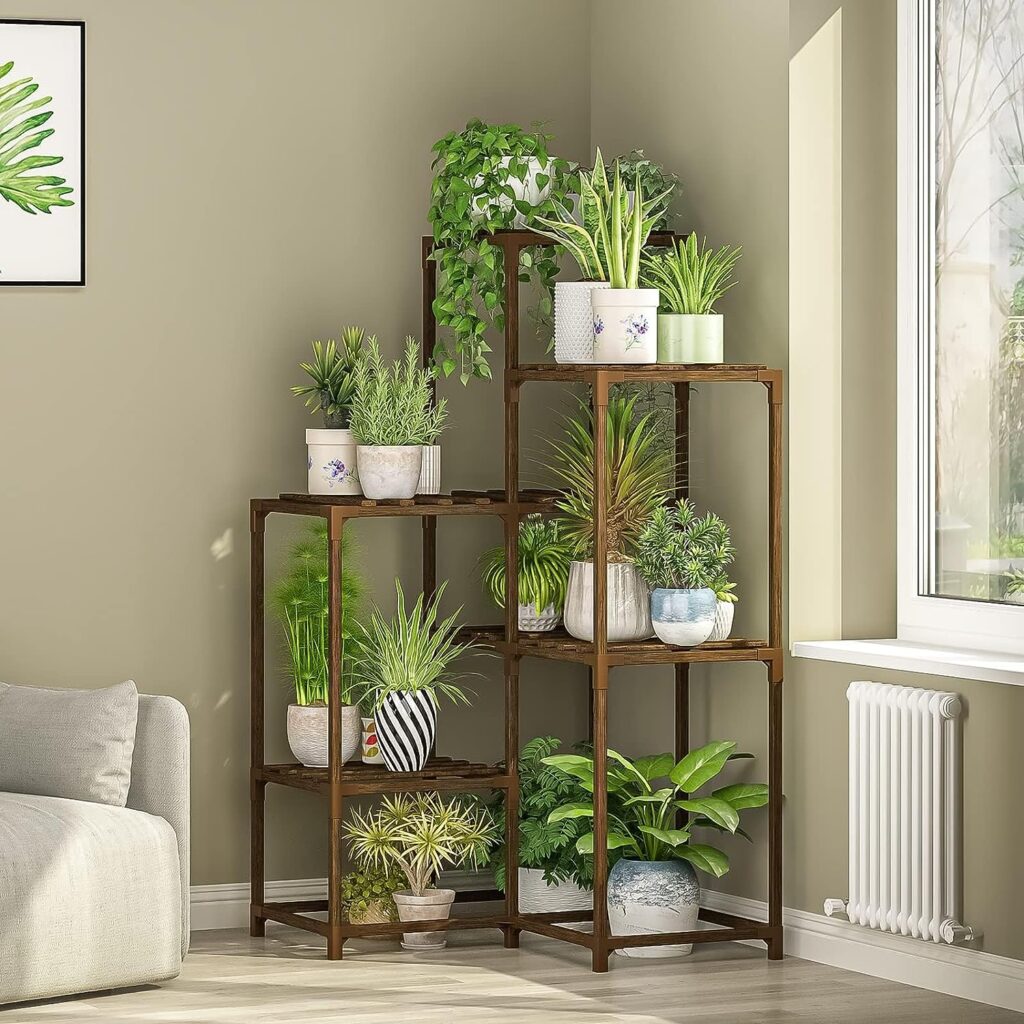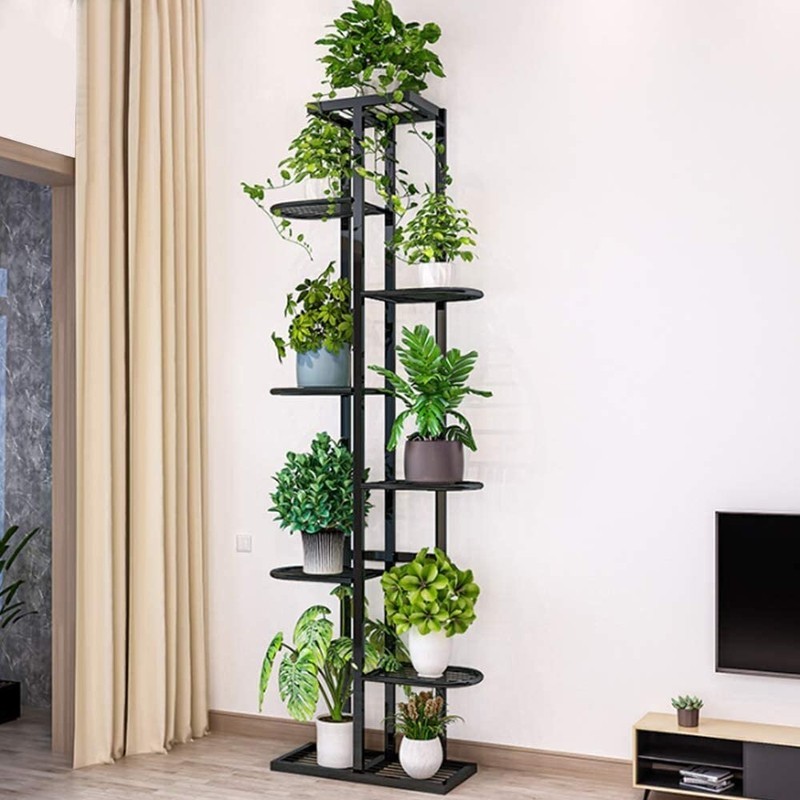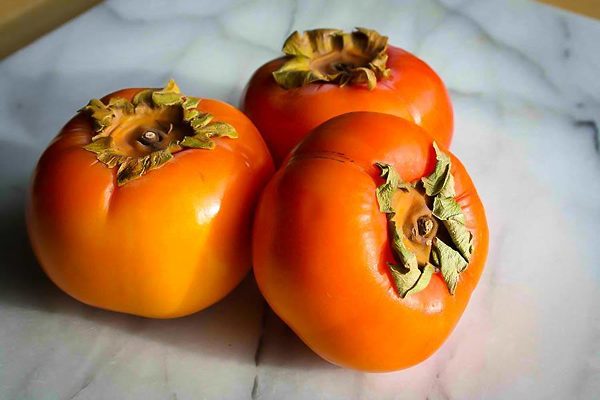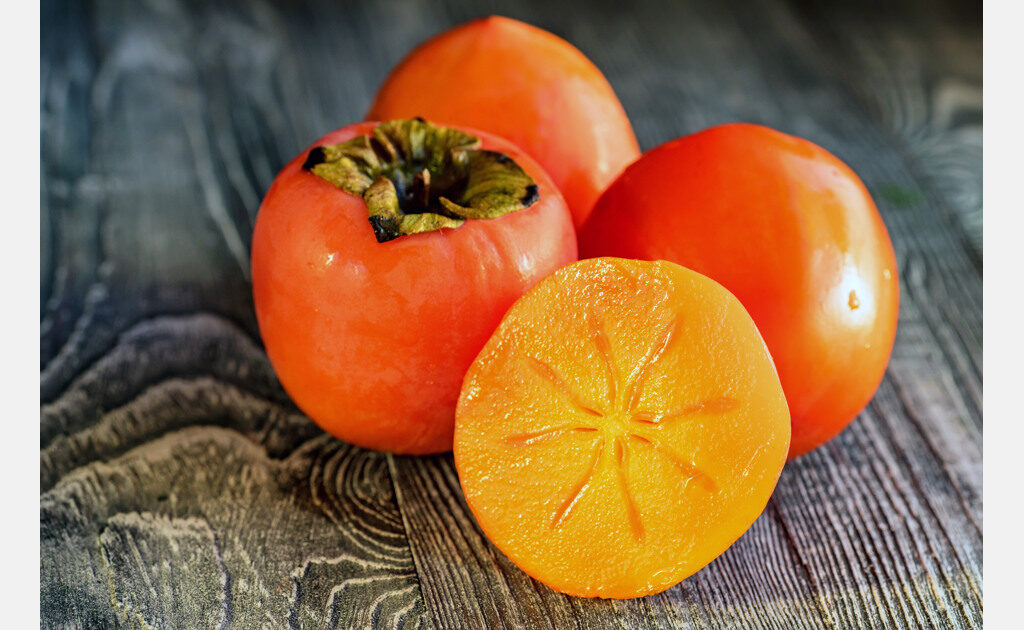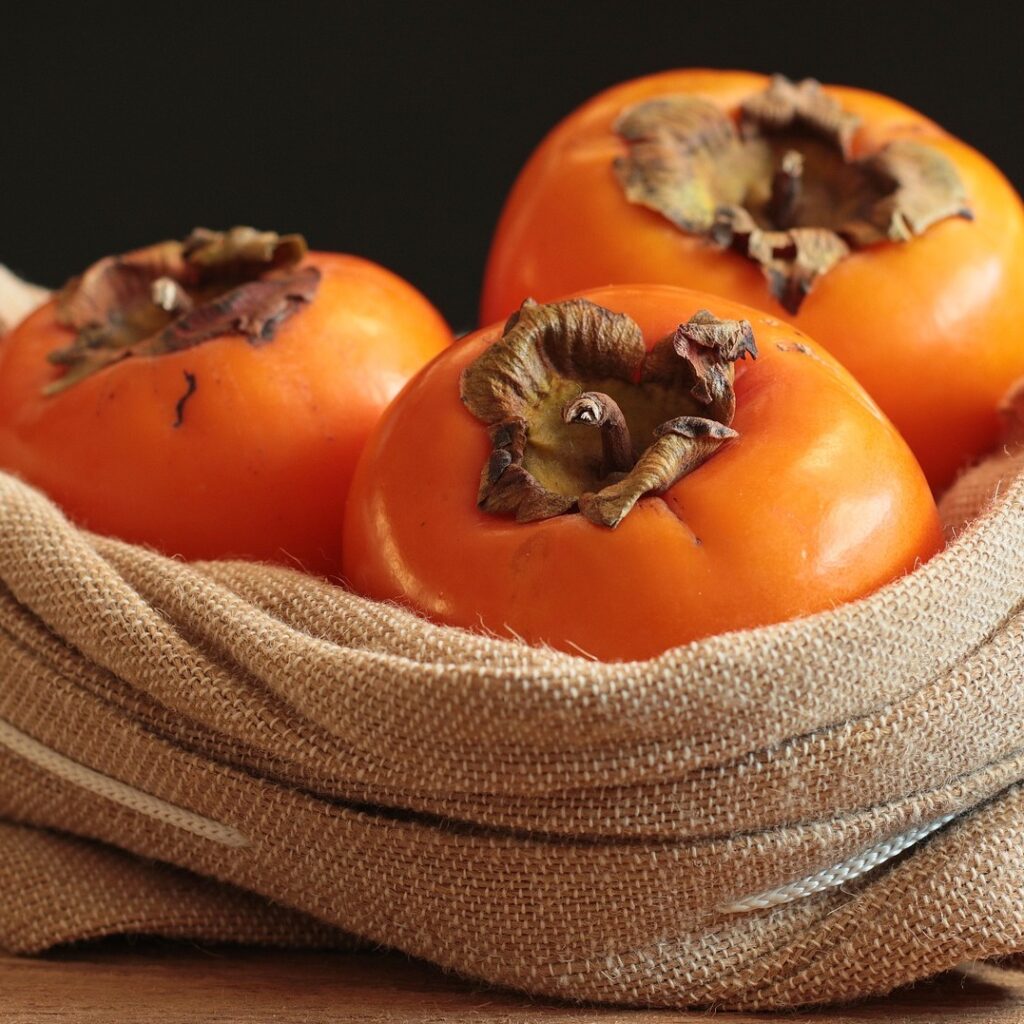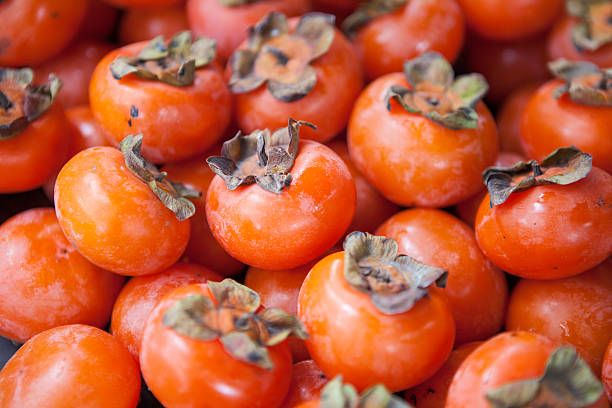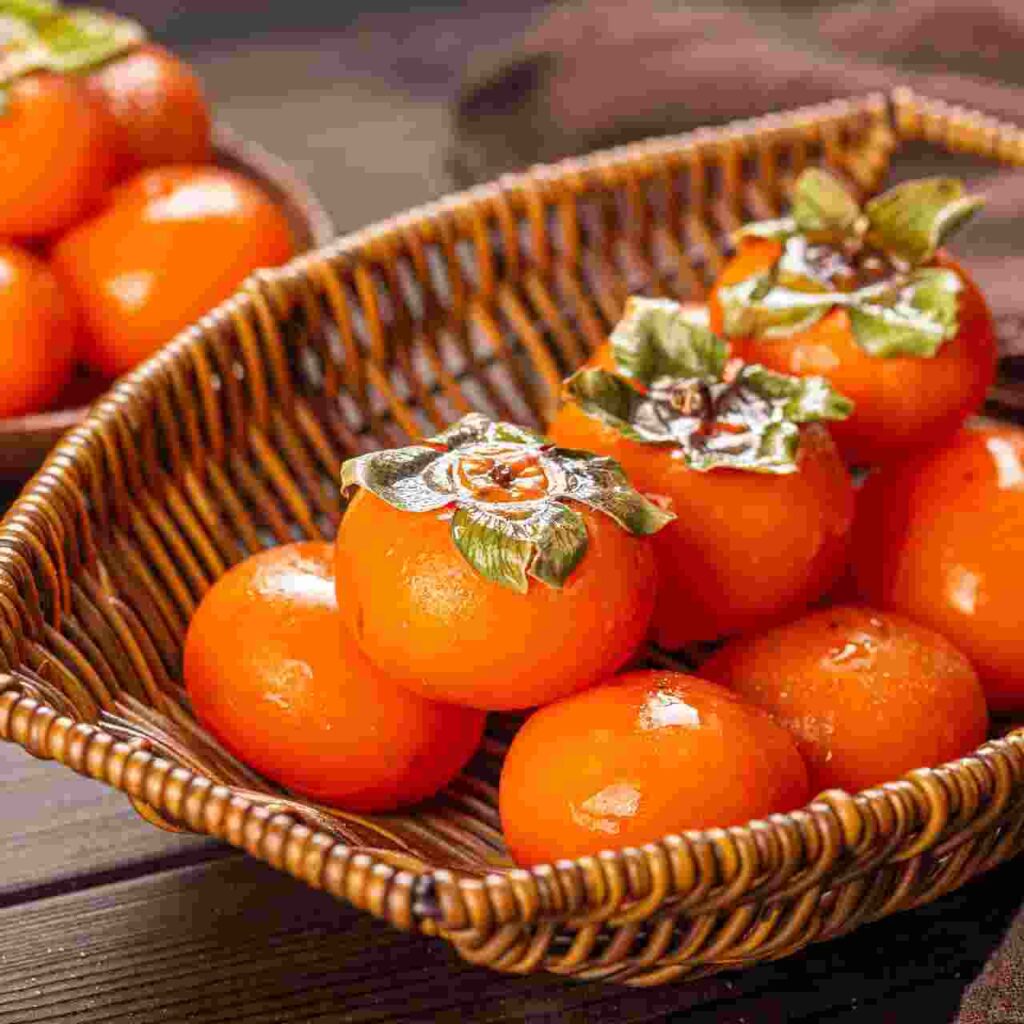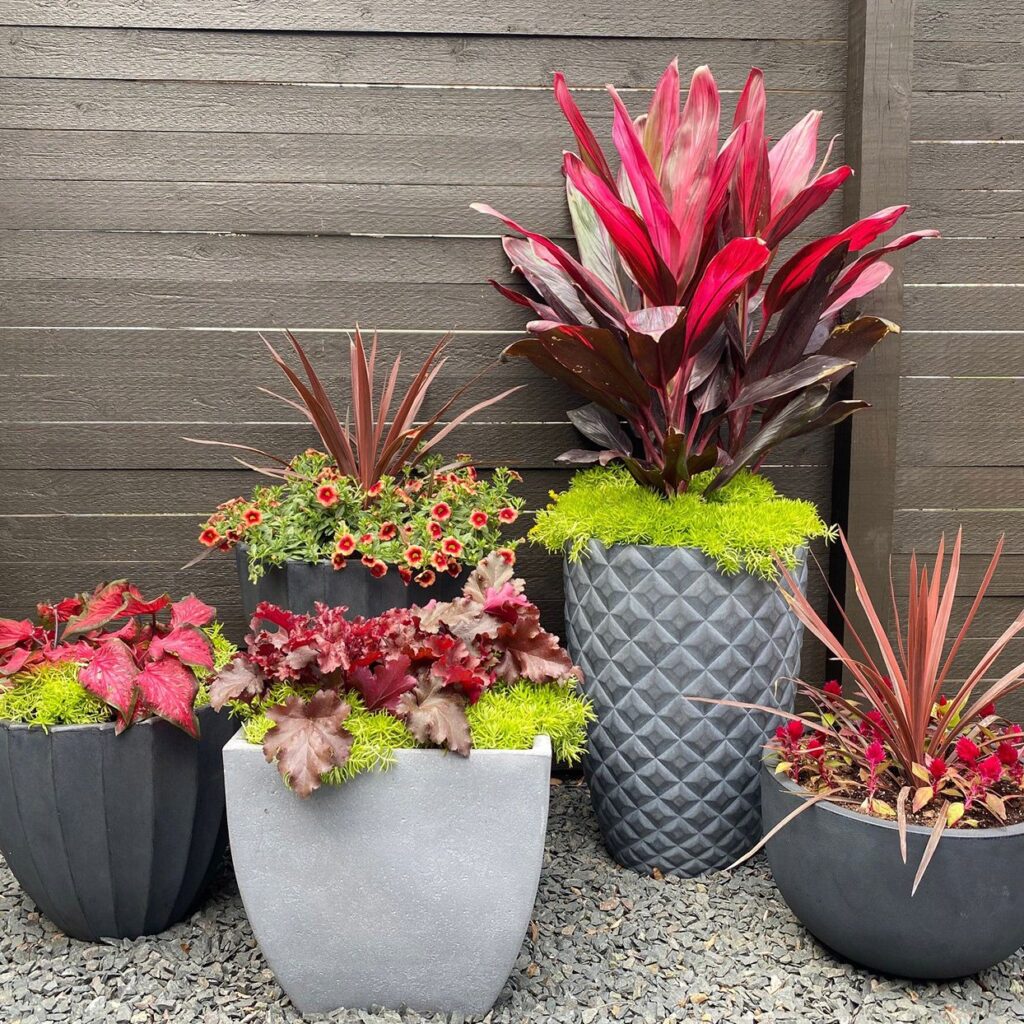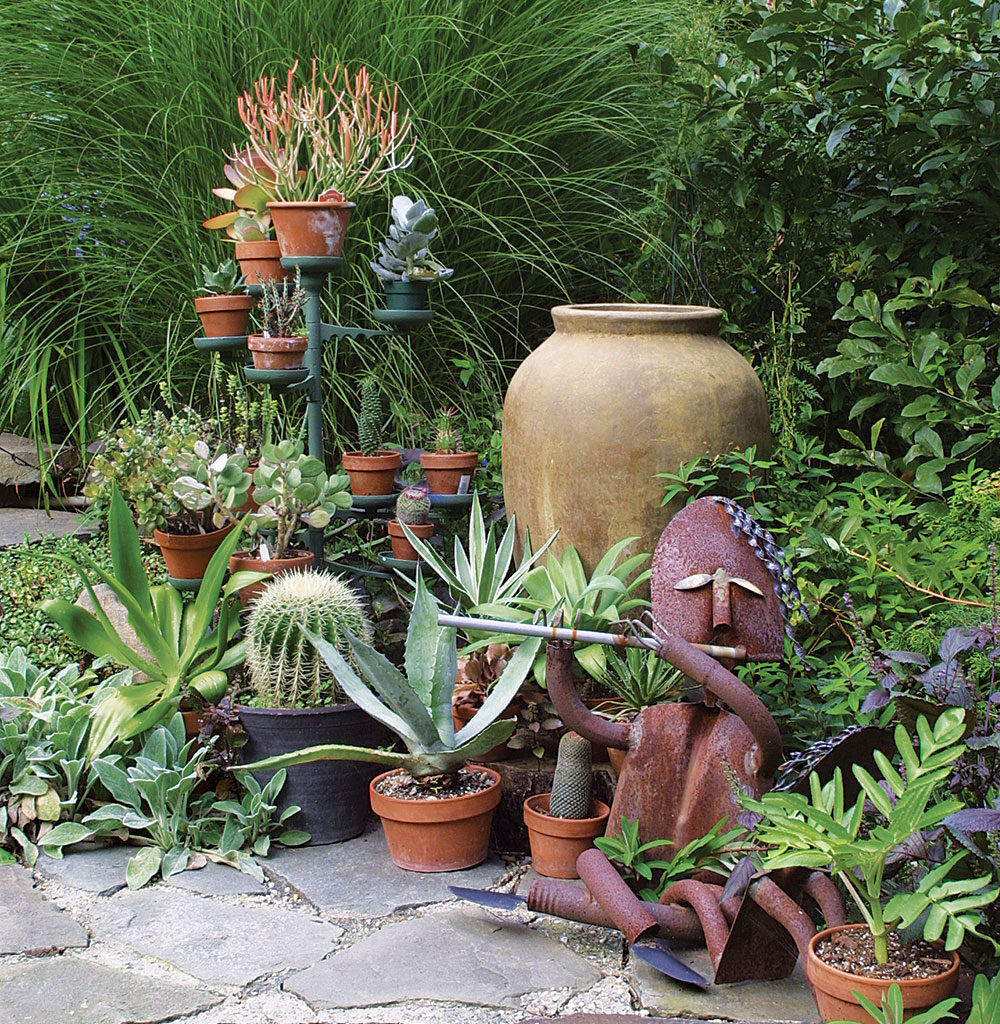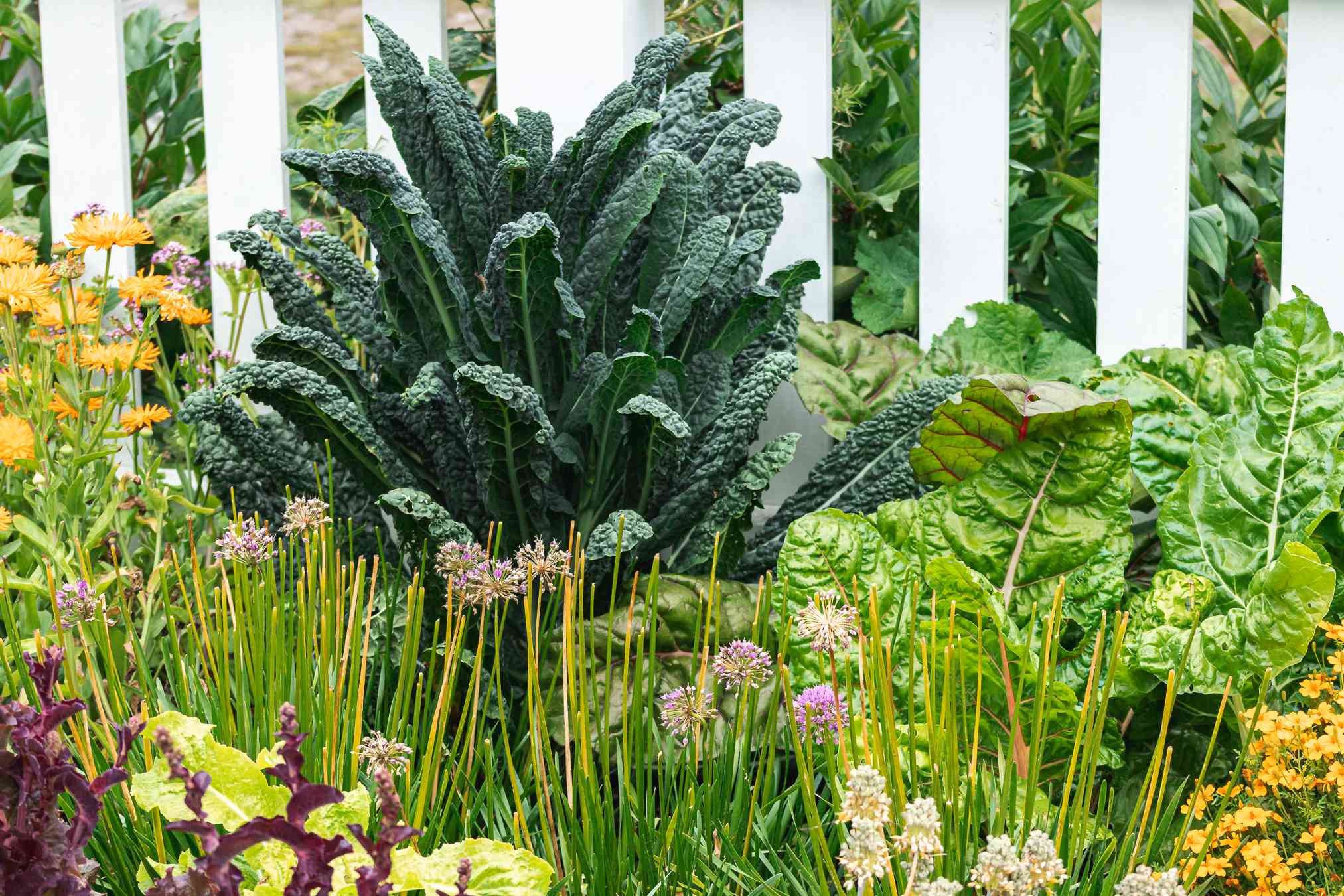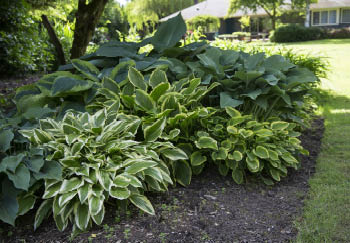A garden is a living reflection of time and care — but not all gardeners have the patience to wait years before seeing lush growth. Thankfully, nature offers a range of fast-growing plants that can quickly transform a bare space into a vibrant green oasis. Whether you want flowers for instant color, vegetables for quick harvests, or shrubs for privacy, there are plenty of species that reward you with rapid growth when given the right care.
This article explores the best fast-growing plants for your garden, along with care tips to ensure they thrive.
Why Choose Fast-Growing Plants?
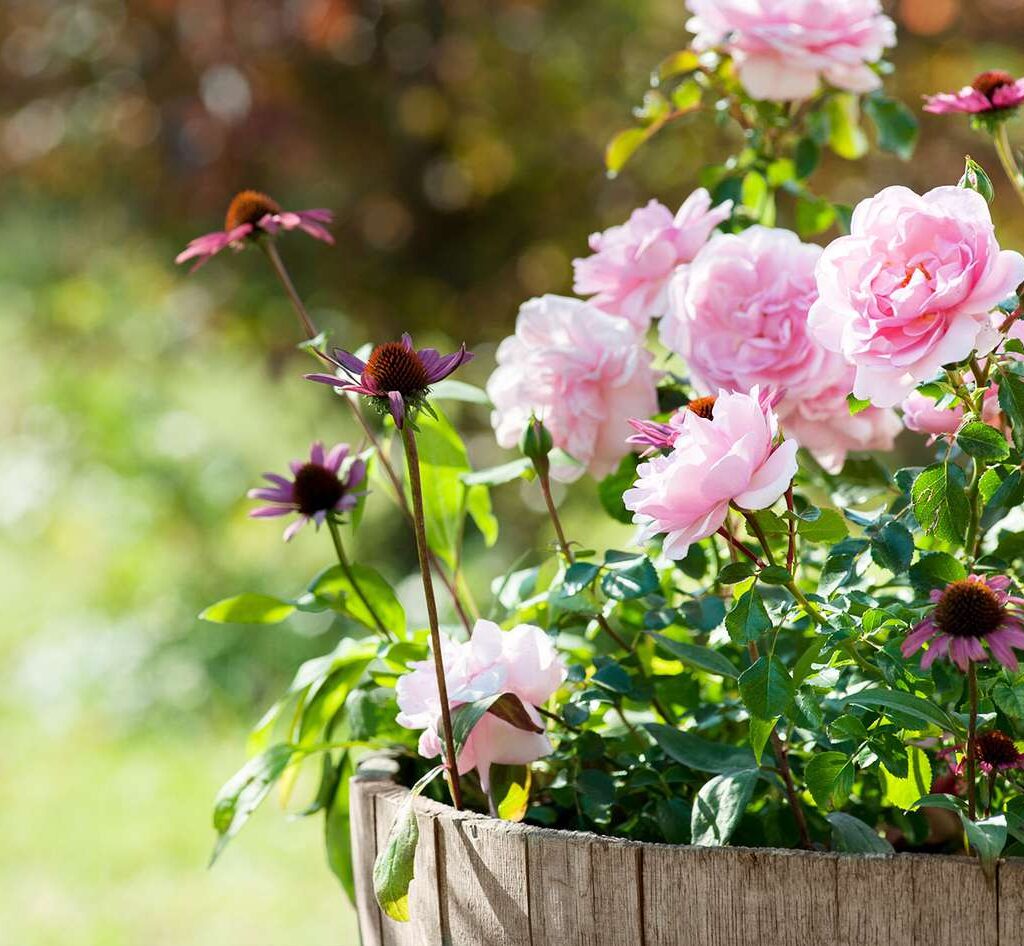
Fast-growing plants are a gardener’s dream for several reasons:
- Instant Impact – Quickly fills empty spaces in the garden.
- Seasonal Beauty – Allows you to experiment with changing layouts each year.
- Functional Benefits – Some provide shade, privacy, or erosion control in a short time.
- High Yield – Quick-harvest vegetables and herbs mean more food in less time.
Factors That Influence Fast Growth
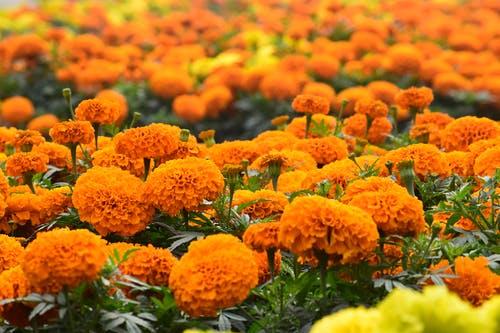
Before planting, remember that “fast-growing” is relative. A plant’s growth speed depends on:
- Climate – Some plants grow faster in warm, humid conditions.
- Soil Quality – Rich, well-draining soil supports rapid root and leaf development.
- Water Availability – Consistent watering promotes steady growth.
- Sunlight – Most fast-growing plants require at least 6–8 hours of sunlight.
- Fertilization – Balanced nutrients speed up plant metabolism.
Best Fast-Growing Plants for Your Garden
Here’s a breakdown of top performers across different plant categories.
1. Sunflowers (Helianthus annuus)
- Growth Speed: 70–100 days from seed to bloom.
- Why It’s Great: Tall, cheerful, and perfect for adding height to your garden.
- Care Tips:
- Plant in full sun.
- Water regularly but avoid waterlogging.
- Support tall varieties with stakes.
2. Nasturtiums (Tropaeolum majus)
- Growth Speed: 35–50 days to bloom.
- Why It’s Great: Edible flowers and leaves, low maintenance.
- Care Tips:
- Prefers poor to average soil (too rich and you’ll get more leaves than flowers).
- Direct sow seeds outdoors after frost.
- Water moderately.
3. Sweet Alyssum (Lobularia maritima)
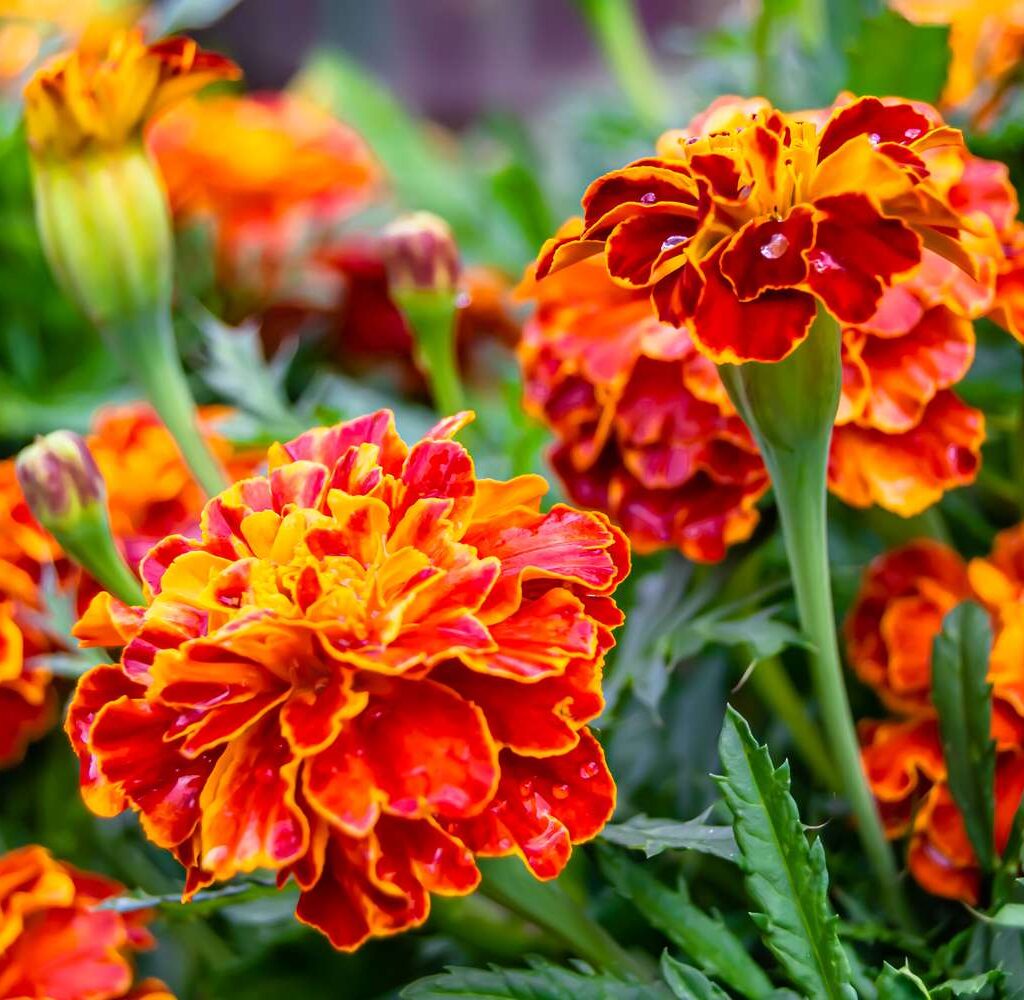
- Growth Speed: Blooms within 6–8 weeks of sowing.
- Why It’s Great: Low-growing, fragrant, and attracts pollinators.
- Care Tips:
- Full sun to partial shade.
- Water lightly; drought-tolerant once established.
- Shear back after blooming to encourage new flowers.
4. Radishes (Raphanus sativus)
- Growth Speed: Ready to harvest in 3–4 weeks.
- Why It’s Great: One of the fastest vegetable crops.
- Care Tips:
- Plant in cool seasons (spring/fall).
- Keep soil consistently moist.
- Thin seedlings early for proper root development.
5. Spinach (Spinacia oleracea)
- Growth Speed: Harvestable leaves in 4–6 weeks.
- Why It’s Great: Nutrient-rich and easy to grow in containers or beds.
- Care Tips:
- Prefers cooler temperatures.
- Keep soil evenly moist.
- Harvest outer leaves first to encourage regrowth.
6. Zucchini (Cucurbita pepo)
- Growth Speed: Fruits in 50–60 days.
- Why It’s Great: High-yielding and grows rapidly in warm weather.
- Care Tips:
- Plant in fertile, well-drained soil.
- Provide at least 6 hours of sun daily.
- Harvest regularly to encourage continuous production.
7. Marigolds (Tagetes spp.)
- Growth Speed: Blooms within 8 weeks.
- Why It’s Great: Pest-repelling flowers with bright colors.
- Care Tips:
- Full sun for best blooms.
- Deadhead regularly.
- Avoid overwatering to prevent root rot.
8. Bamboo (Bambusoideae)
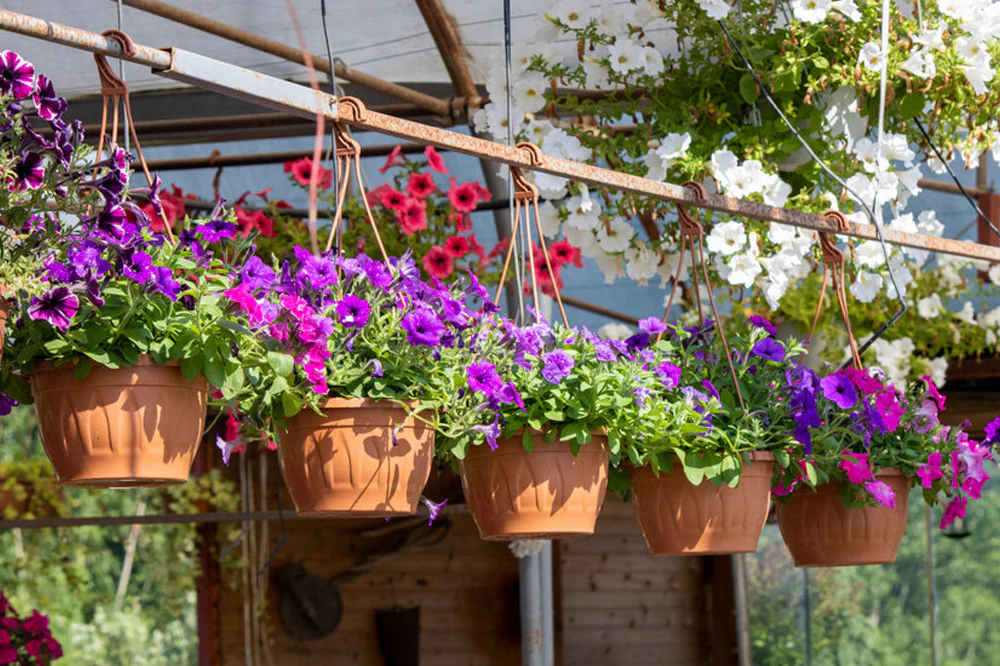
- Growth Speed: Some species grow up to 3 feet per day.
- Why It’s Great: Ideal for privacy screens and exotic landscapes.
- Care Tips:
- Choose clumping varieties to avoid invasiveness.
- Water deeply but infrequently.
- Plant in full to partial sun.
9. Lettuce (Lactuca sativa)
- Growth Speed: Harvest baby leaves in 3 weeks; full heads in 6–8 weeks.
- Why It’s Great: Continuous harvest potential.
- Care Tips:
- Prefers cool weather.
- Keep soil moist but not soggy.
- Succession plant for a steady supply.
10. Morning Glory (Ipomoea purpurea)
- Growth Speed: Vines grow several feet per week in summer.
- Why It’s Great: Beautiful climbing plant for trellises and fences.
- Care Tips:
- Plant in full sun.
- Train vines early for controlled growth.
- Moderate watering.
Designing Your Garden with Fast-Growing Plants
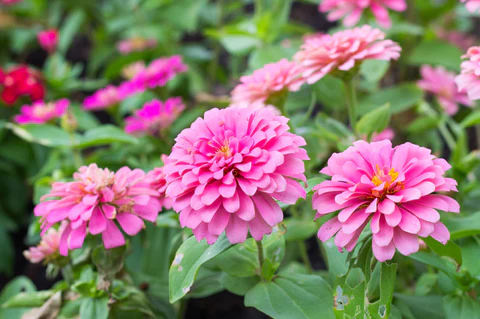
To make the most of rapid growers:
- Layer Heights: Use tall plants like sunflowers at the back, medium-height plants like marigolds in the middle, and low plants like alyssum at the front.
- Mix Functions: Combine flowering plants for beauty with edible plants for utility.
- Rotate Crops: Prevent soil depletion and pest buildup by changing plant locations each season.
- Plan for Continuous Bloom/Harvest: Stagger planting times for year-round interest.
Care Essentials for Fast-Growing Plants
Even though these plants grow quickly, they still require proper care:
- Watering: Most need consistent moisture but dislike soggy soil. Use mulch to retain moisture.
- Fertilization: Use a balanced, slow-release fertilizer for steady nutrient supply.
- Pruning/Deadheading: Encourages more blooms and healthier growth.
- Pest Control: Check leaves regularly for pests; fast growth can sometimes attract insects.
- Sunlight: Ensure plants get enough light — insufficient light slows growth.
Common Mistakes to Avoid
- Overcrowding: Leads to competition for resources and slower growth.
- Over-Fertilizing: Can cause excessive leafy growth but fewer flowers/fruits.
- Neglecting Soil Health: Poor soil will slow even the fastest growers.
- Ignoring Light Needs: Shade-loving and sun-loving plants must be placed accordingly.
Conclusion
Fast-growing plants are the quickest way to turn an empty garden into a lush, productive space. From sunflowers that tower in weeks to radishes ready in less than a month, the possibilities are endless.
By combining different plant types, maintaining healthy soil, and providing the right amount of water and sunlight, you can create a thriving, ever-changing garden that looks mature and vibrant in record time. The key is to choose plants suited to your climate and style, then give them the care they need to flourish.
With thoughtful planning and attention, your garden can become a living showcase of color, fragrance, and productivity — all without the long wait.


